
Workshops & Tours
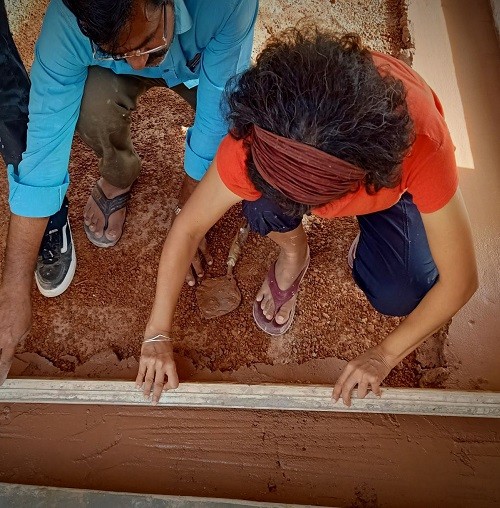
RAJASTHANI LIME PLASTERS & FLOORING
Lime plasters and flooring are natural, breathable and beautiful to look at and touch. Lime plasters are cooling and permeable in nature and allow buildings to breathe, passively regulating internal air quality, resulting in healthier living spaces. They have withstood the test of time with the oldest examples being traced back to the ancient temple of Gobeklitepe dated to 9000BC. In this extended workshop you will learn the traditional Rajasthani lime plastering techniques of Thappi, Lohi & Araish as well as lime flooring. For those short on time we are offering the workshop in two independent workshops. The first four days will be dedicated to Rajasthani plasters. The final two days will cover lime flooring. Join us for either or both to experience for yourself how these ancient traditions can add a timeless touch to your home or that of your clients.
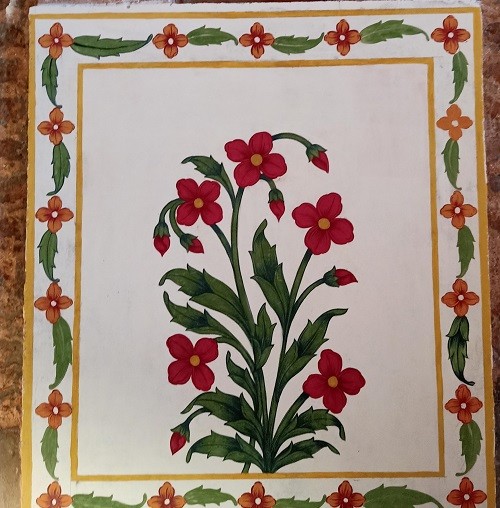
MOHRAKASHI FRESCO WORKSHOP
Mohrakashi is a fresco tradition indigenous to Punjab that gained prominence under the patronage of Maharaja Ranjit Singh in the 19th Century. The development of Mohrakashi through this period gave rise to the Sikh School of Art, with frescoes dominated by floral and foliage designs with influence from the Kangra School of Art. Across Punjab Mohrakashi frescoes adorn Gurudwara, Temples, Cenotaphs, Havelis, Dharamshalas & Ankharas (places of learning).
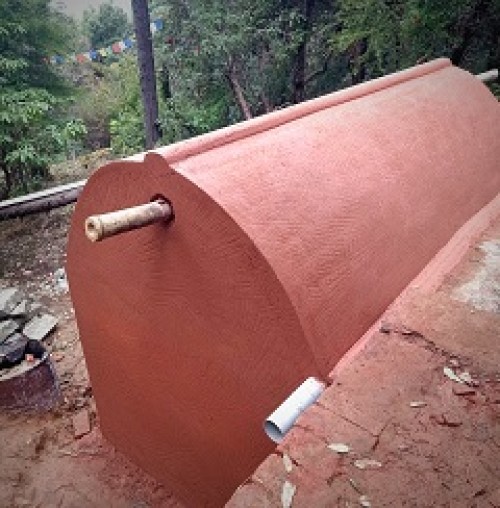
RAJASTHANI LIME WATER TANK WORKSHOP
Learn the art of crafting an all natural lime water tank directly under the guidance of a highly skilled Master Artisan. Lime water tanks have been used in India for thousands of years. Under every house in the old city of Ahmedabad you will find one, providing a pure source of drinking water for the inhabitants. In Rajasthan all those step wells and Baodi’s are constructed with lime.
Lime is a natural purifier. Switching to a lime water tank will free you from the exposure to toxic chemicals that may be leaching into your water currently held in plastic tanks.
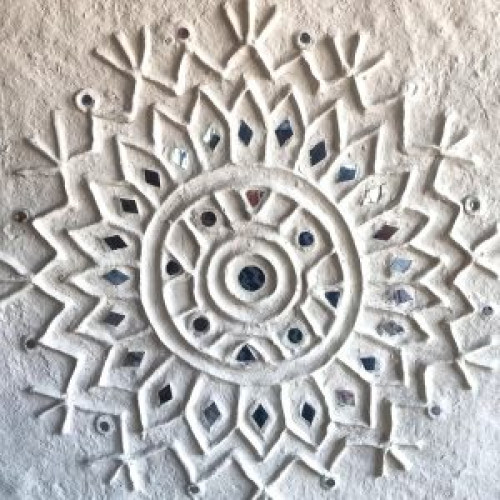
CHITRA KAAM – KUTCHI MUD WORK WORKSHOP
Mud Work or Chitra Kaam as it is known locally is a unique tradition of sculptural artwork created by the women of Kutch to decorate their homes. Incorporating three dimensional geometric patterns with inlaid mirrors these artworks are created freehand with a mixture local clays combined with fine, fibrous horse manure for strength. Traditionally created to embellish doorways, windows and interior walls, this craft is slowly disappearing as families opt to plaster their homes in cement.
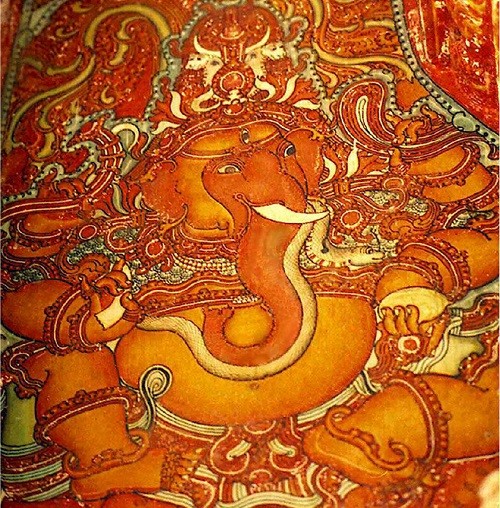
INTERNATIONAL WORKSHOP ON KERALA MURALS
Kerala Murals are a vibrant reflection of the culture of Kerala, in southern India. Panchavarna as practiced in the tradition involves the use of five primary colours – yellow, red, green, white & black in a strategic order & symbolic aesthetic. Yellow & red represent Rajas, green symbolises Saatvik & white for Tamas. Typically used to ornament palaces & temples featuring Hindu gods and goddesses, over time Kerala mural style was also adapted for use in churches and mosques.
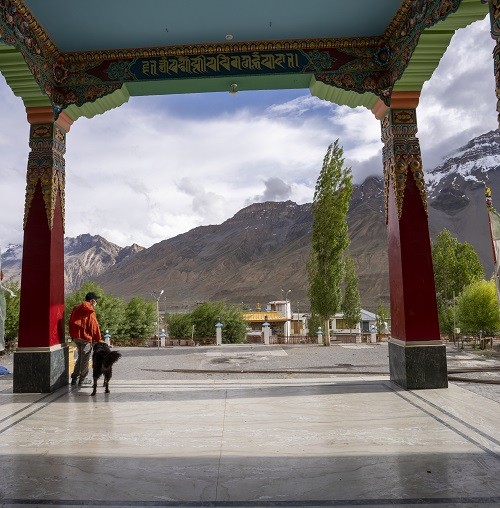
SECRET SPITI SOJOURN - ARCHITECTURAL & CULTURAL TOUR TO SPITI VALLEY
The diversity of traditional architectural styles across the globe are a reflection of human creativity & resourcefulness. Architecture is an expression of culture. Regions with intact traditional architecture often sustain strong ties with other aspects of their unique cultural heritage. Spiti Valley & Kinnaur are two such regions.
Join us for a Secret Spiti Sojourn & we will take you on a journey through time. We will visit a Kath Kuni Temple imbued with a blend of Hinduism & Buddhism, visit a rammed earth buddhist monastery over 1000 years old
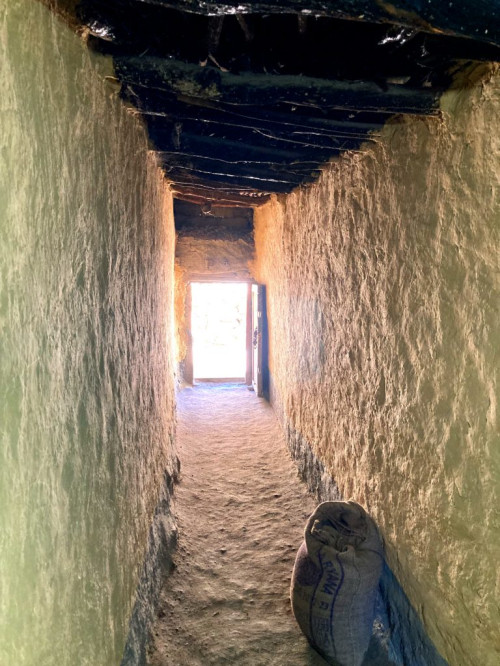
SPITI VALLEY EARTHEN ARCHITECTURE WORKSHOP ON RESTORATION & ADAPTIVE REUSE
Join us for a unique opportunity to be part of a natural building workshop in the Spit Valley, Northern India. This vernacular architectural workshop will take place during the restoration and adaptive reuse of a 150 yr old rammed earth home in Kwang village. During the workshop you will be participating and learning by doing. Under the guidance of experienced Master Artisan Lhama Tamo we will be rebuilding damaged rammed earth walls, raising the ground floor ceiling and first floor, inserting larger windows & plastering internal walls.
You will learn the ancient wisdom that enabled the people of the Spiti Valley to inhabit this harsh landscape with an extreme climate for thousands of years. The restoration will be done using locally available materials as they always have. Adaptations and changes will be made to structure in order to make it suitable for modern standards of living.
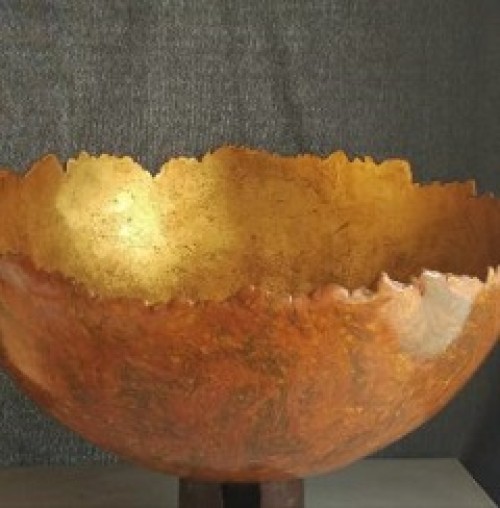
SCAGLIOLA WORKSHOP – ITALIAN FAUX MARBLE SCAGLIOLA PLASTER & SCULPTURAL ART
In this unique Scagliola workshop Spanish Master Artisan Oscar Sacristán will be teaching the Italian heritage faux marble Scagliola plaster on panels, on the wall and or as a sculptural art medium. A gypsum based plaster combined with animal glue and natural pigments to create veined finishes with the appearance of streaked marble. Scagliola is traditionally a fine finish reserved for the adornment of elite properties across Europe. However this is something Oscar is challenging by teaching these traditional techniques through a series of workshops he is hoping to make the technique accessible to all.
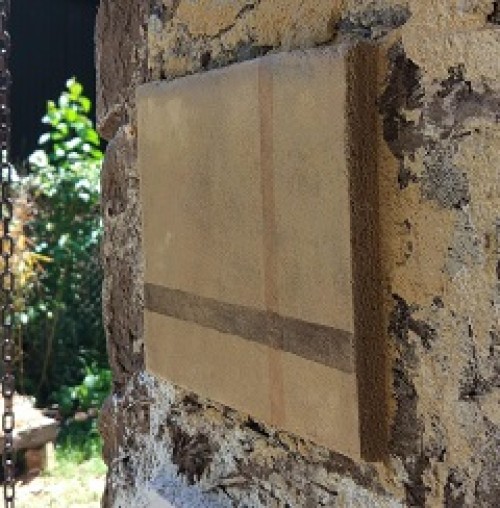
SPANISH TRABADILLO – TRADITIONAL GYPSUM & LIME PLASTER WORKSHOP
Trabadillo is a traditional Spanish plastering technique that combines pure lime and gypsum to create a plaster combining the benefits of both materials not present in either alone. Specifically the addition of gypsum lends a softness to the plaster and a reduction in the cracking that would be seen in thicker applications of pure lime plasters. Allowing the creation of bulkier sculpted or moulded works.
This is an experiential and experimental workshop wherein traditional Trabadillo techniques will be combined with local materials to create a variety of unique plaster finishes.
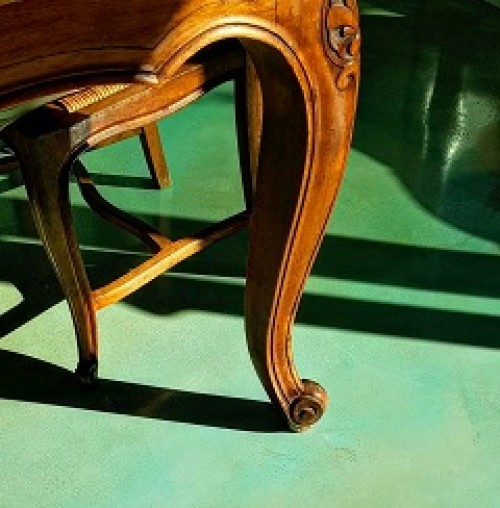
SPANISH TRABADILLO - CONTINUOUS LIME FLOORING WORKSHOP
Following on from our Spanish Trabadillo Plaster Workshop, this architecture workshop is dedicated to natural lime flooring. Just as artisans across the globe have been doing for thousands of years, we will be taking readily available 100% natural local materials and experimenting with them to create continuous lime & earthen flooring.
Oscar will be our guide as we learn to create Spanish Trabadillo floors as durable and smooth as those created using micro cement and resins, yet ours will be all natural and breathable. This is the third and final natural building workshop in India that Oscar will be teaching and your final opportunity for the season to experience architecture as art under the guidance of a renowned International Master Artisan.
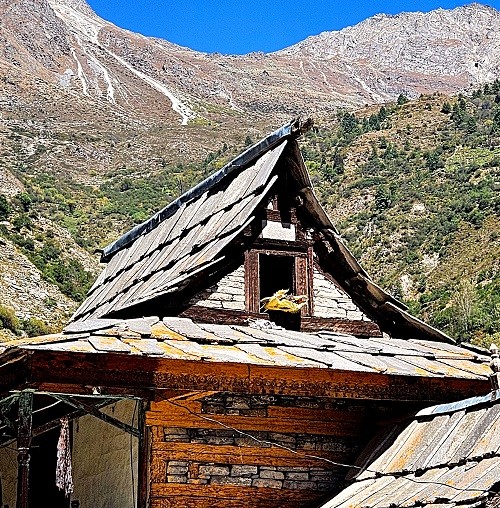
RAJASTHANI LIME WATER TANK & PLASTERS WORKSHOP & SPITI VALLEY TOUR
Learn about the Vernacular traditions of Spiti & Rajasthan during one intensive natural building workshop
Combine an unforgettable journey to Spiti Valley with a 7 day hands on lime water tank and lime plasters workshop. We will be constructing a 5000 litre all natural lime water tank, the first in the valley. A highly skilled Master Artisan will be joining us all the way from Rajasthan to teach this time honoured tradition.
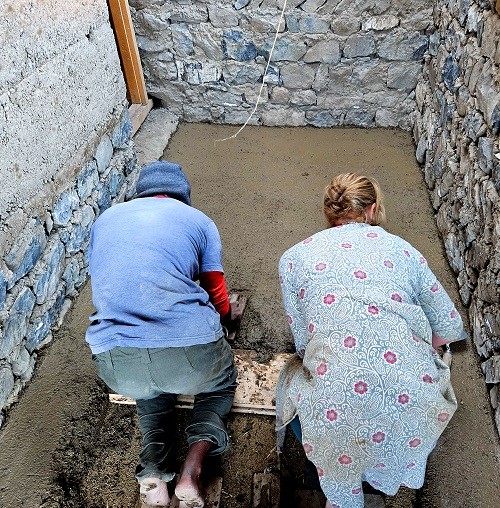
EARTHEN FLOOR WORKSHOP
A student of a Mud Anarchist, Ananth had the opportunity to work with some highly respected craftsmen like Michael Smith, Kyle Holzhueter and others. He has been working with natural plasters for about 10 years now. His approach to plasters is intuitive and adaptive to the local materials and practices.
Ananth thinks, breathes and dreams 'Earth and lime', loving their distinctive and unpredictable behaviour.
He is the co-founder of 'Pucca Local' a platform for exploration and study of the vernacular in natural buildings.

